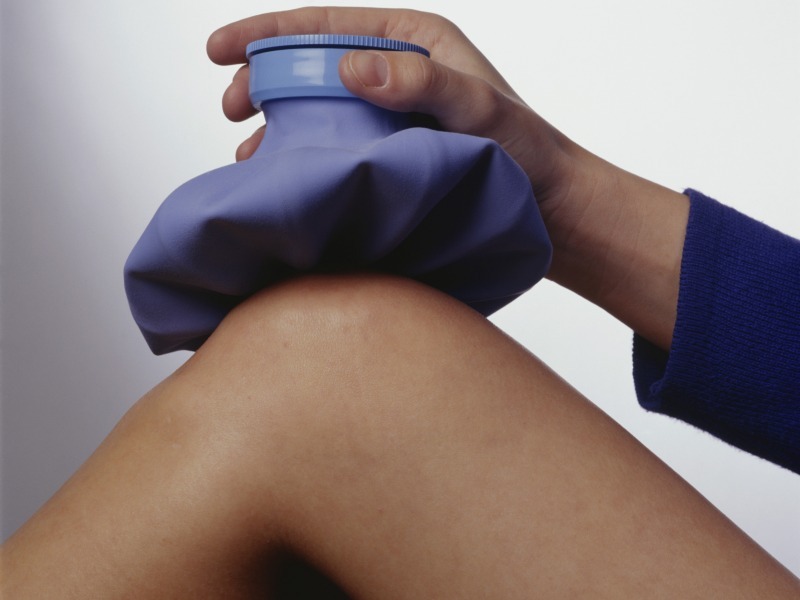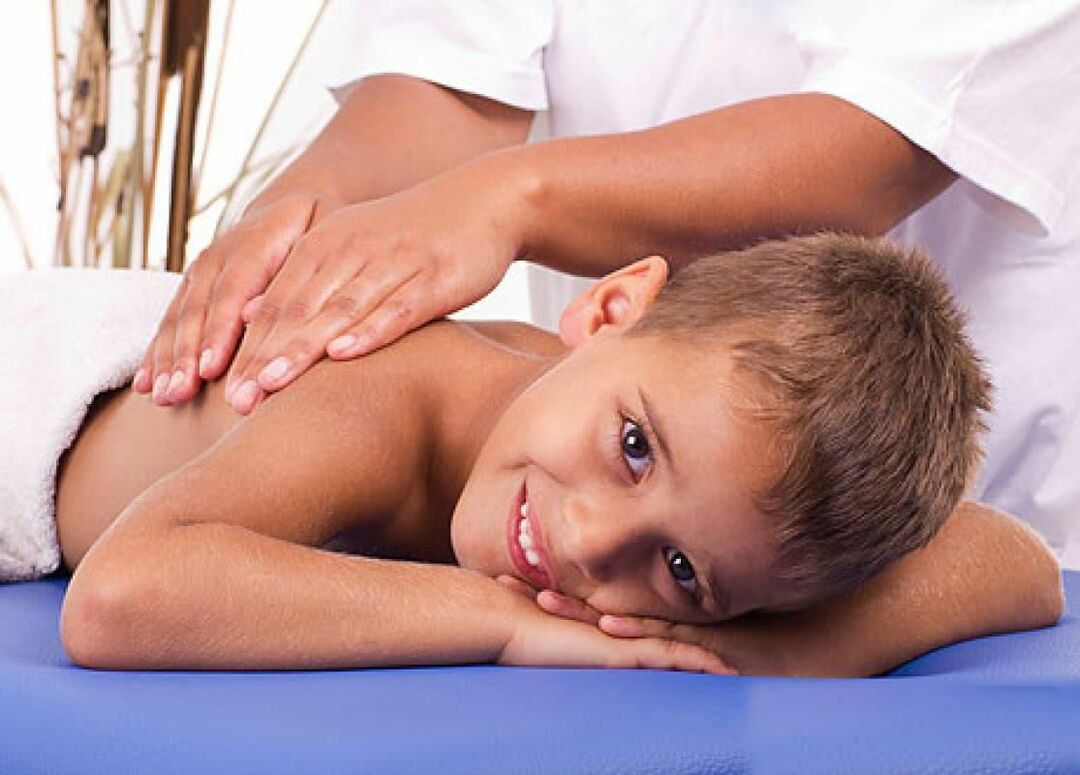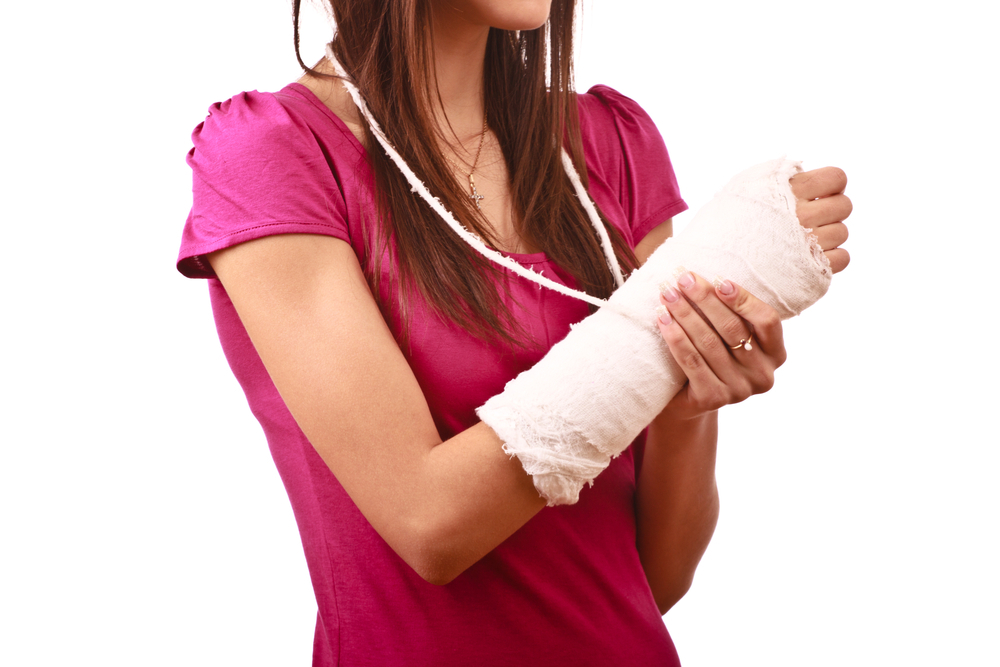Shockwave therapy in the treatment of calcaneal spurs
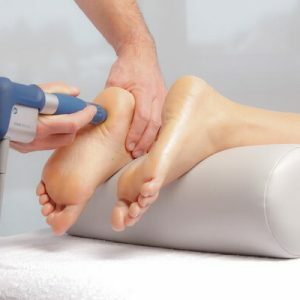 Plantar fasciitis is a disease known since ancient times, quite recently called heel spur.This pathology is a common orthopedic problem all over the world.Anatomically spur is a bone growth on the calcaneus( osteophyte) in the form of a spine.He, when walking, running, jumping, causes sharp painful sensations, which are very hard to bear by the sick.The size of the stud can reach 10-12 mm.It develops mainly in patients after 40 years.One of the main methods of treatment is shock wave therapy.
Plantar fasciitis is a disease known since ancient times, quite recently called heel spur.This pathology is a common orthopedic problem all over the world.Anatomically spur is a bone growth on the calcaneus( osteophyte) in the form of a spine.He, when walking, running, jumping, causes sharp painful sensations, which are very hard to bear by the sick.The size of the stud can reach 10-12 mm.It develops mainly in patients after 40 years.One of the main methods of treatment is shock wave therapy.
Reasons for the growth of the calcaneal spur
Inflammatory changes in the connective tissue surrounding the bony formation of the foot lead to the deposition of calcium salts on the natural protuberances of the footThe exact bone.Over time, the resulting "growths" begin to squeeze the soft tissues, vessels and nerve endings when loaded.As a result, severe pain joins the inflammation.Patients are severely restricted in their movements and need medical care.
Heel spur develops when:
- causes diseases that lead to metabolic disorders( obesity, diabetes, gout);
- connective tissue diseases of rheumatic nature( rheumatism, rheumatoid arthritis, nodular periarteritis);
- traumatic lesions of musculoskeletal foot structures;
- significant overload and forced, long position on the legs( standing, running and unduly long-lasting walking without rest);
- wearing tight, uncomfortable and pressing shoes, especially with high heels;
- flatfoot and age-related changes in bone tissue.
Complaints and symptoms of calcaneal spur
Main features:
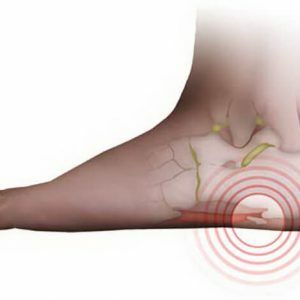 With a load on the foot, especially on the heel, there is a sharp, burning-stitching pain.Patients often compare it with clogging a nail.The size and severity of the spur is not always directly related to the intensity of pain.Painful sensations can cause small and flat spurs, if they "get" on the nerve endings.
With a load on the foot, especially on the heel, there is a sharp, burning-stitching pain.Patients often compare it with clogging a nail.The size and severity of the spur is not always directly related to the intensity of pain.Painful sensations can cause small and flat spurs, if they "get" on the nerve endings.
Over time, the pain manifests itself and without stress.Gradually injured tissues become inflamed, begin to germinate with calcifications( salt layers), which in turn exert mechanical traumatization of tissues and intensify painful sensations.
Patients change their gait.When walking, the patient tries to transfer the weight of the body from the heel to the toe.With the passage of time against this background, flat feet and a violation of the normal setting of the foot.The patient in some cases begins to turn the socks to the sides or to clumsy, and also to transfer the weight of the body to the outer or inner part of the foot.To prevent the development of such symptoms, the treatment of the heel spur is best to begin in the first stages of the disease.A shockwave therapy may be an ideal option.
How to determine if there is a calcaneal spur in a person
Note : not every pain in the heel is caused by the presence of plantar fasciitis.To clarify what is the cause of pain attacks, you need to contact a specialist.
For diagnosis,
- should be consulted by an orthopedist, surgeon, rheumatologist, angiologist( vascular surgeon).It is necessary for the exclusion, or confirmation of possible causative diseases, which led to similar pains encountered in the spur.These include Bechterew's disease, rheumatoid arthritis, Reiter's syndrome, gout, inflammation of articular foot bags, traumatic injuries, diseases of the veins and arteries;
- to pass a biochemical blood test to detect the factors of rheumatoid inflammation;
- do an X-ray study that will determine the presence or absence of the spur;
- to undergo ultrasound.In most cases, this study can also determine the problem of pain in the foot.
Shockwave therapy for the treatment of calcaneal spurs
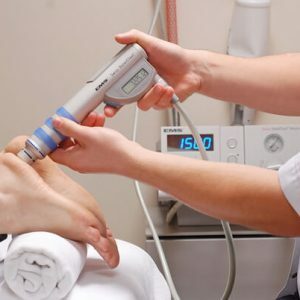 UHT refers to new methods of treatment of plantar fasciitis.Its use in clinical practice has spread since the 90s of the last century.Perfection of technology and the level of specialists gradually improve the prognosis of the treatment, as well as the percentage of cured patients.
UHT refers to new methods of treatment of plantar fasciitis.Its use in clinical practice has spread since the 90s of the last century.Perfection of technology and the level of specialists gradually improve the prognosis of the treatment, as well as the percentage of cured patients.
Shockwave therapy uses high-amplitude short-pulse acoustic waves.They have the ability to penetrate through soft tissues without inducing action in them, affecting only dense cartilaginous and bone pathological structures.
From the first sessions in tissues metabolic processes are improved, toxins are removed, pathological cells and formations are destroyed.To complete the therapeutic effect requires repeated repetition of procedures UHT.
The healing mechanism is based on the thermal, mechanical and physicochemical effects exerted by acoustic waves on body tissues.
The therapeutic effects that are achieved by shockwave therapy:
- reduction of pain syndrome right at the time of the session.The endorphin released during acoustic vibrations blocks the neuronal transmission of pathological impulses.After the first treatment procedure the pain gradually renews, but with each subsequent session its intensity becomes lower;
- normalization of blood-lymph circulation in tissues that sense the impact of acoustic waves;
- with each session increases the time at which the pain does not come back from physical exertion;
- bone pathological foci( calcification and ossification) gradually begin to break down and dissolve;
- disappear inflammatory changes;
- damaged tissues, vessels, nerve tissue are successfully restored;
- decreases the swelling of the foot and strengthens its ligamentous-muscular apparatus.
How is the shock wave therapy session
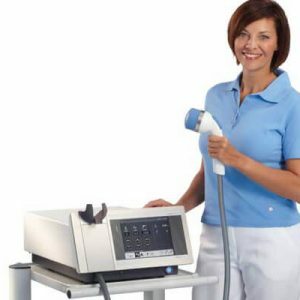 The average treatment course involves about 5-7 procedures, with an interval of 3 to 10 and even 20 days between them.The duration of one session is 15-30 minutes.
The average treatment course involves about 5-7 procedures, with an interval of 3 to 10 and even 20 days between them.The duration of one session is 15-30 minutes.
Please note : in some cases, pain can be exacerbated at the time of UHT, in these cases, the doctor suspends the effect.
During the procedure, pain sensations decrease by approximately 20%.After treatment, the analgesic effect increases and lasts for several hours, then the pain gradually returns.With each session, it becomes less pronounced.The doctor's task is to achieve its complete disappearance.The pronounced analgesic effect develops at 6-8 weeks of treatment with UVT.
In medical institutions, special cabinets are equipped with UVT, patients are treated in them.The patient is placed on the abdomen, located on a special couch, the lower leg is raised on a fixed platen.The therapy operator heals the skin on the heel with a conductive gel and exerts a special generator-generator through a conductor sensor.
Note: only distinguishes four types of generators - electro-hydraulic, electromagnetic, mechanical and piezoelectric.In the hospital conditions, electromagnetic and piezoelectric are used, in connection with their greatest effectiveness.Electrohydraulic is used in portable devices, mechanical in cosmetological practice.
An acoustic wave with a frequency of up to 15-25 Hz penetrates to a depth of no more than 3-4 cm, promotes the active germination of tissue structures by microvessels that participate in the excretion of metabolites and salt-containing compounds.Also, the effect of this type of treatment produces collagen fibers, important for healing inflammatory foci.
Contraindications to the use of shock wave therapy
Treatment is not recommended, and in some cases directly contraindicated, with:
- any term of pregnancy, especially early;
- breastfeeding;
- all oncological processes and suspicions on them;
- any infectious diseases occurring in an acute form and with an increased body temperature;
- installed in patients with pacemakers;
- blood disorders with impaired coagulation;
- available skin diseases and injuries in the area of exposure;
- pathology of the external and internal veins of the tibia( varicose veins, thrombophlebitis), arteritis( inflammatory processes of the arteries);
- of the presence of severe arrhythmias;
- mental pathology;
- hypertension II and especially III stage;
- complicated by diabetes, tuberculosis.
Important : Shockwave therapy is not performed for children under the age of 18 years.
Only the physician should decide whether to use the UHT.
Unfortunately, not all clinics have the necessary equipment and qualified specialists capable of carrying out this type of treatment.
How to improve the effect of shock wave therapy
Patient from the beginning of treatment should be eliminated unnecessary physical exertion of the foot, do not run, temporarily remove themselves from sports training.
For more effective cure of plantar fasciitis, shock wave therapy should be supplemented with:
-
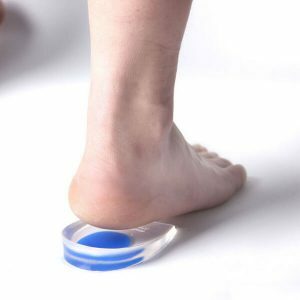 hygienic unloading of the foot using special inserts in shoes, insoles;
hygienic unloading of the foot using special inserts in shoes, insoles; - physiotherapy procedures;
- with mud packs, sea and mineral local trays;
- by ultrasonic impact techniques;
- by X-ray therapy;
- introduction into the pathological focus of corticosteroid hormones.
If conservative measures were ineffective, then surgical treatment is indicated, in which the ablation is performed.
The prognosis after shock wave therapy is good.At 80-90% of patients it is possible to achieve positive results, to eliminate pains, to return to people the possibility of active life, playing sports.
Alexander Lotin, medical reviewer

